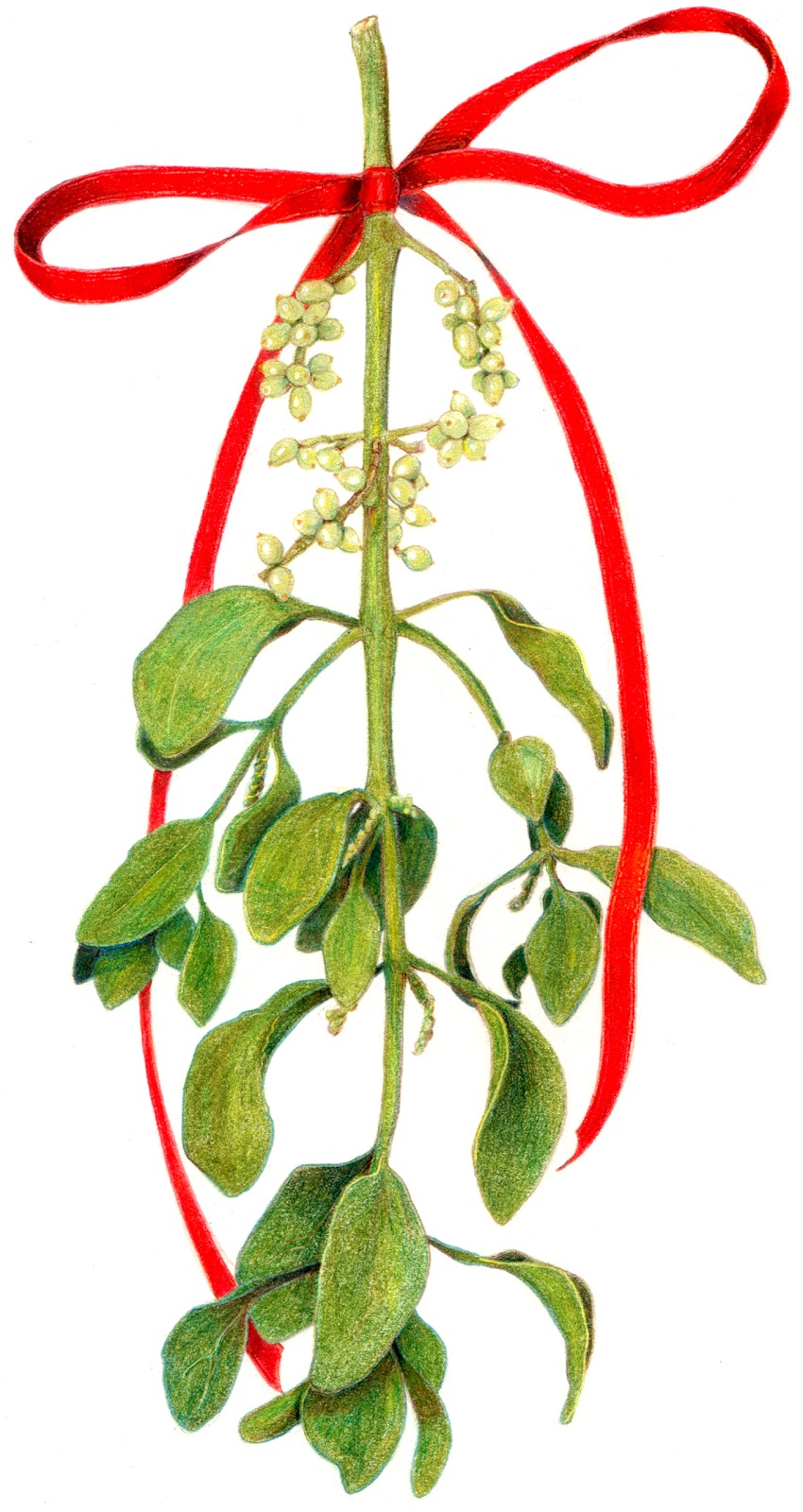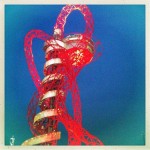Knee Pain: Iliotibial Band Syndrome, or Runner’s Knee
What is the Iliotibial Band?
The Ilio Tibial Band (ITB) is the longest tendon in the body, it originates from the anterior iliac crest outer lip, anterior border of the ilium and the outer surface of anterior superior iliac spine. As well as from the Gluteus Maximus and Tensor Fascia Lata muscles. (In normal words that is an area of the upper outer edge of the pelvis, the muscles originating from the very front upper outer region of the pelvis and part of your bum muscle). Previously thought of as just a connective piece of tissue, recent research has found that tendons and fascia do in fact often contain smooth muscle fibers. ‘Smooth’ muscle fibers are the type more often found in the gut, ‘striated’ fibers are found in the muscles of movement attached to the joints. It aids in leg abduction (leg raising directly out to the side) and force distribution through the leg, it is also an important player in producing fascial tension that supports the Thoraco Pelvic Canister and therefore the lower back.
So What Happens?
,
ITBS basically is due to repetitive rubbing of the band on the outer part of the knee (lateral femoral condyle), this leads to thickening of the band over time and eventually irritation that takes a number of months to resolve if not managed correctly. Self management of the lower limbs and building good movement patterns when not in pain are key to preventing this injury from coming back.
What can I do About it?
ITB Syndrome can be self managed in a variety of ways- a foam roller, tennis ball and an Ice pack are your key utensils to getting over this condition. Many rehab ‘specialists’ will recommend simply using a foam roller on the ITB to stretch it out (youtube it to see). However, there is so much more you can do to help this problem. It requires a lot of time and effort but the results will come a lot faster than simply ice and ITB foam rolling. A home treatment plan is not within the scope of this post and causes will differ from one person to another so a bio-mechanical assessment by a movement specialist is what we would recommend getting and a second opinion is always something worth considering. Just remember, the whole lower limb has to function correctly, not just one area. It is all related – foot, knee and hip, though it is the connecting musculature and fascia that are the cause of the problem with some areas more related to the ITB than others.
Sports Chiropractors at this clinic are movement specialists with further qualifications in sports science. We are constantly reading the latest books and research to enable us to get your body functioning better (not just the latest rehabilitation fad!). If you are suffering from ITBS or repeatedly suffer, then contact us for more info and advice.





 Rear view:
Rear view:





